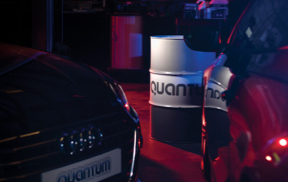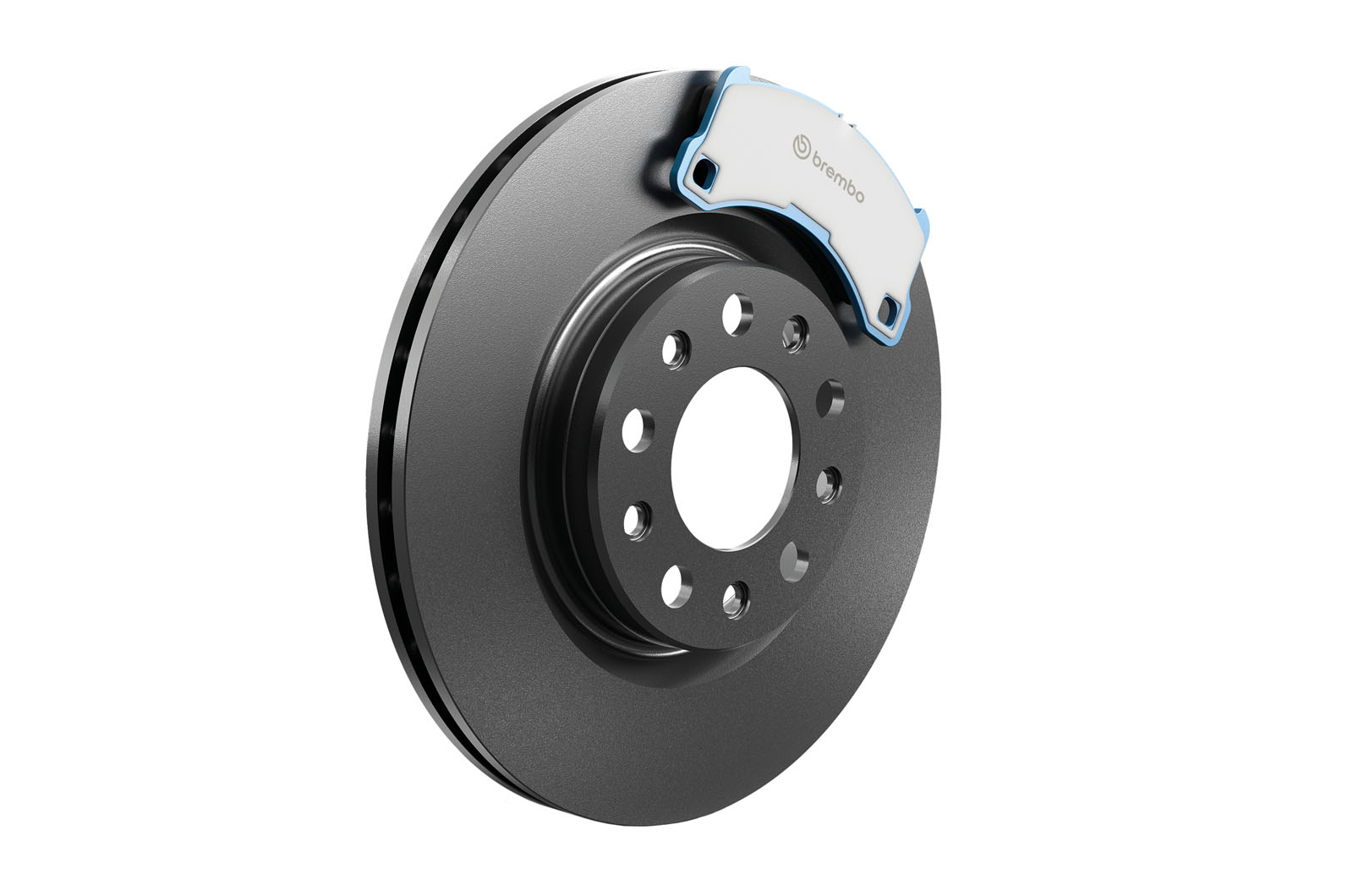PROMOTIONAL ARTICLE ON BEHALF OF PAGID
Raining again?
There’s a fairly good chance of rain for many of our journeys in the UK, and as you know, our tyres have far less grip when the roads are wet. The minimum recommended tread depth for wet weather driving is 3mm – which is nearly double the legal minimum depth of 1.6mm. Most drivers don’t check for this, but we all should, as stopping distances more than double in the wet.
The road safety charity Brake recommends that drivers leave four seconds between their vehicle and the vehicle in front in wet weather. However, 22% of drivers say that they don’t usually count a gap behind the vehicle in front. Do you?
Remember also that the rain and the spray thrown up from other vehicles reduce visibility too.
Snow joke!
In 2014, figures from the Department for Transport (DfT) show that 29 people were killed and 2,274 injured (251 seriously) in reported road accidents on Great Britain’s roads when there was snow or ice on the road surface.
Do you drive in the snow? In the Direct Line & Brake Reports survey, only 10% of respondents said they avoided driving in the snow. We all know it’s more difficult to stop in such weather, but did you realise that stopping distances can be ten times greater? Less than a quarter of drivers surveyed knew this.
If you’ve ever experienced your brakes locking up on snow or ice, you know how powerless you become. Try and not slam on the brakes, but instead apply them more slowly so the wheels are still turning and the tyre on the tread can help you control the stop.
Two-thirds of drivers (66%) already think that most drivers travel too close to the vehicle in front in poor weather, so always keep stopping distances in mind.
True grit
You may rely on the fact that roads are gritted in such weather, but this is not always the case. To grit or not to grit is up to the local highway authority, and with increased financial pressures on resources, it’s estimated that only 40% of roads are gritted. This of course, means that most aren’t.
So, whether you think the road has been treated or not, it’s so important to drive slowly, keep well back from the vehicle in-front, and be extra vigilant at junctions, lights and on hills.
The Highway Code states that drivers should not drive in icy or snowy conditions unless the journey is essential, and it’s hard to argue with this.
Pea Soup
Firstly, it’s far better to avoid driving in fog unless your journey is absolutely necessary. It’s certainly one of the most dangerous weather conditions and most accidents are caused by driving too fast. Be sure that you know how to switch your fog lights on before you set off (and that they are working okay), however do not turn them unless the fog is thick. The Highway Code says that you should only use your fog lamps when the visibility drops below 100m. Or if you can’t see the tail lights of the car in front of you.
It goes without saying that you must leave a long gap between you and the vehicle in front, and as fog is the main cause of vehicle pile ups, be extra vigilant.
A stitch in time
On those wintry days, it’s crucial to ensure that everything on the vehicle is in full working order – encountering fog without proper working lights, or ice when your tyres are well below the limit, could be fatal for both you and other road users.
It doesn’t take long to make a few simple checks to ensure you’re safe as you can be. Check every week and certainly before long journeys.
Good brakes save lives
Firstly, brakes are vital, so ensure that yours are up to scratch by applying them gently while driving very slowly in a quiet, safe place. Do this on flat ground and try and see if they feel different in any way, for example, if they are harder to push, take longer to ‘bite’, or create noise when in use. Brakes shouldn’t squeal or grind, so if they are, visit a trusted mechanic for checking.
Get a grip
With tyres, it goes without saying that they shouldn’t be showing signs of wear such as bulges, cracks or buckles, and it pays to use a gauge to check the air pressure is correct. When did you last check your tyre’s air pressure?
The clear advantage
It’s always amazing to see so many drivers setting off on frosty or snowy mornings with most of the windows still far from clear. Some motorists just clear a small section of the windscreen and leave everything else.
Almost a quarter of drivers that responded to the Brake survey said that they have driven without clear windows or mirrors, with younger drivers being the worst culprits.
Obviously, we all need to be aware of what is approaching from the side and the rear, and not just ahead. Clear all windows and wing mirrors before setting off to reduce your risk. Faulty vents and air con systems can also contribute to windows steaming up from the inside, so investigate these if you have a mystifying mist problem.
Lights and lubes
Last, but not least, make sure your oil, coolant and water levels are correct and your lights and indicators are all in working order. Do you know where to check each?
Sadie Jonas, Business Development Manager at Pagid said,
“We want drivers to be aware of how they can protect themselves and other road users in the harsh conditions of winter. It’s rare to see drivers leaving a stopping distance of ten times that of normal in snow and ice for example, but statistics prove that this is what is required to stop in time. Other factors, such as lights, air-con and brake checks are often overlooked too, so we hope Pagid’s winter campaign will make the UK’s roads safer”.
Find out more about staying safe on the roads in winter http://pagid.com/winter/











Go to comments